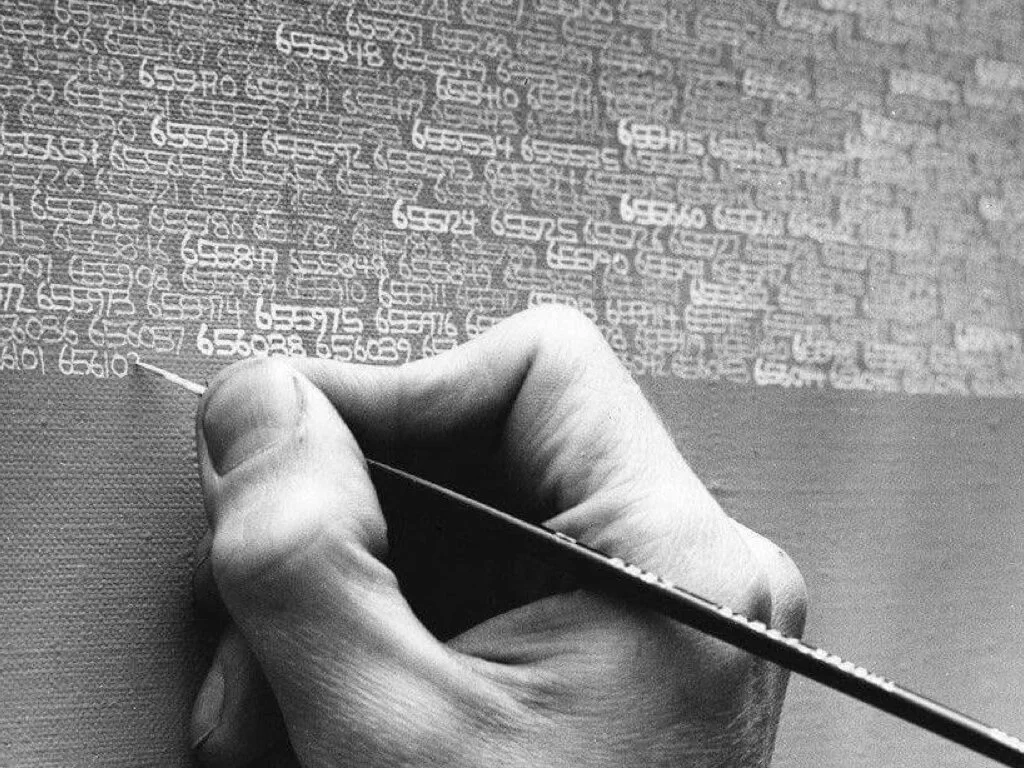Explorations
Explorations
“Ideas are like rabbits.
You get a couple and
learn how to handle them,
and pretty soon you have a dozen.”
-John Steinbeck
Welcome to our explorations, an evolving record of our journey as designers. We created it to organize the endless influx of ideas we encounter in our line of work and to share it, in case it sparks something in you as well.
These articles should not be read as How-To’s. In an increasingly saturated world of DIY guides, the most important question is no longer “how to” but “when (not) to”. As with all things, we believe the solution lies in education. The more educated we are as a community, the better our collective discretion.
Sometimes, DIY is the best decision for your goals and an indispensable way to truly appreciate the subtleties of a craft. Other times, it can open a Pandora’s Box that will cost far more time, money and peace of mind than hiring a qualified professional from the start.
These articles are living documents and we regularly return to edit and build on them. This reflects our philosophy that growth is not a line nor a circle, but a spiral. We also revisit the same texts, artworks, sites, projects, etc. because while they may not have changed since we last saw them, we have. To that effect, we encourage you to keep checking in as well.
Finally, we have included many links to information sources. Follow them. Follow the thread away from us as far as it can go. Interrupt the obsession to find the answer you were looking for, and you may instead discover questions you never asked.
It’s our hope that coming here will be the start of one of those nights you kept clicking and ended up in the weirdest corner of YouTube. Ideally, it’ll be a little more high brow than pimple popping videos but then again, you never know where inspiration comes from.
-MM








